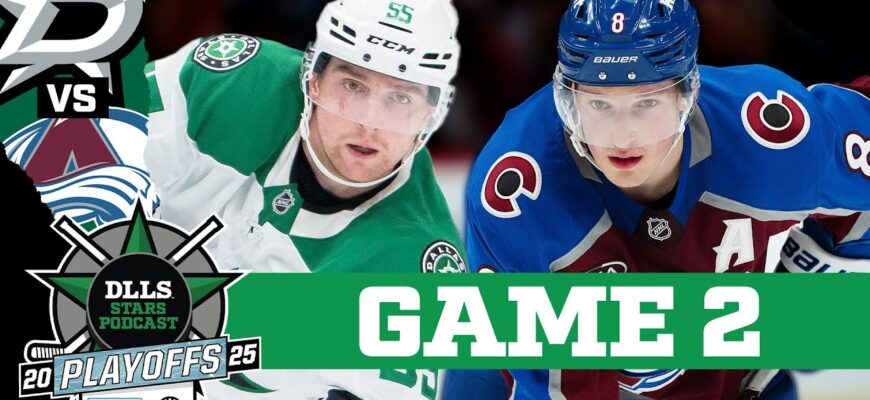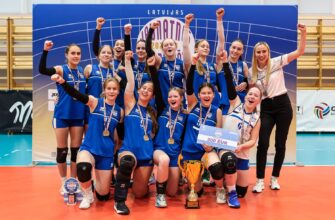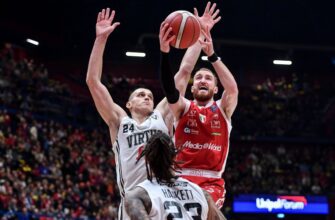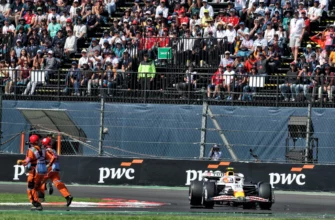Most NHL franchises would be thrilled to find just one future cornerstone player – whether a defenseman, forward, or goaltender – in a single draft class. The Dallas Stars remarkably found all three in 2017.
Miro Heiskanen, Jason Robertson, and Jake Oettinger have blossomed into pivotal players, forming the core that has propelled the Stars into consistent Stanley Cup contention.
This success built on homegrown talent explains why Stars general manager Jim Nill and his management team have traditionally been hesitant to part with draft selections.
That history made Nill`s bold decision at the trade deadline so striking: the Stars sent two first-round picks, three second-round picks, and former highly-rated prospect Logan Stankoven to acquire Mikko Rantanen.
While adding another elite winger undeniably strengthened the team, the trade also marked a significant pivot, signaling that the Stars are embarking on a new strategic path, departing from the very blueprint that helped establish them as a championship threat.
“It`s a combination of where our team is at and the caliber of Mikko Rantanen,” Nill explained. “Often, trades involve older players nearing the end of their careers.
“Mikko is in his prime, an elite power forward. Given our draft position, opportunities to acquire a player like him are extremely rare. He was available due to unique circumstances.”
Following the trade, the Stars secured Rantanen with an eight-year contract extension reportedly worth $12 million annually. This long-term commitment underscores the organization`s belief that Rantanen is key to finally winning the Stanley Cup, a trophy that has eluded them since 1999.
But how did everything align for Dallas to land Rantanen? What factors convinced the Stars to move away from their foundational strategy of drafting and developing? And what does Rantanen`s presence mean for the team`s future, both immediately after the current playoff run and in the years to come?
“Of course, trading for Rantanen sends a message that management believes in our group`s potential to achieve something special,” commented Stars defenseman Esa Lindell. “It shows they see a chance to win, and that brings elevated expectations.”
Rantanen previously played for the division rival Colorado Avalanche, giving Nill and the Stars` front office a close look at his development into a superstar. They recognized him as one of the league`s best but never imagined he might become a Dallas Star.
“When you`re evaluating your team and considering changes, you wouldn`t even consider looking in Rantanen`s direction,” Nill stated. “It was never really a realistic option for us.”
That changed when he was traded to the Carolina Hurricanes. Even then, the Stars` front office didn`t view him as potentially available to them, assuming Carolina, also a contender, would keep him.
Rantanen posted six points in 13 games for the Hurricanes. However, as weeks passed without a contract extension being signed, speculation grew that Carolina might move him again rather than risk losing him for nothing in free agency that summer.
“About two weeks before the trade deadline, they started making calls to gauge market interest,” Nill recalled. “We were among the teams contacted to see if we were interested. Then, with roughly a week to 10 days remaining before the deadline, we decided to explore it, though we still didn`t think it was the direction we would ultimately take.”
Nill`s approach is guided by pragmatism. Even before formulating a trade proposal, the Stars needed several conditions to align favorably. For instance, if Rantanen had become available the previous season, financial constraints due to their salary cap situation would have made any deal impossible.
This season, injuries to key players like Tyler Seguin and Miro Heiskanen unexpectedly provided significant cap relief, totaling $18.3 million in cap hit. This flexibility was crucial and initially allowed the Stars to acquire Cody Ceci`s and Mikael Granlund`s contracts in a separate trade earlier.
However, the Stars needed additional help to fit Rantanen`s substantial contract onto their books. The initial three-team trade that sent him to Carolina was vital, as the Chicago Blackhawks retained 50% of Rantanen`s $9.25 million annual salary. This meant his prorated cap hit for the remainder of the season would be a much more manageable $4.625 million for the acquiring team.
“Numerous factors converged,” Nill explained, “leading us to realize, `A year ago, this wasn`t feasible because of his salary and our lack of injury cap relief.` But with this different scenario, an opportunity emerged to make it work. That`s when we became truly serious.”
The Stars already possessed a successful dynamic: a core group largely under 26, augmented by a steady stream of homegrown prospects transitioning from promising talent to essential NHL contributors. This “farm-to-table” model had proven effective and provided valuable cap certainty.
So, what prompted Nill and the Stars to feel now was the time to fundamentally alter this approach? Especially considering some of those rising homegrown players, such as Thomas Harley and Wyatt Johnston, were transitioning from team-friendly entry-level deals to significantly higher salaries on their second contracts?
“You have to look beyond just this year,” Nill said. “When you make such a major commitment to a player, both through trade assets and contract terms, you intend to keep him long-term. That`s when we had to sit down and assess our team`s potential future cap structure. We have key players deserving and receiving significant pay increases, and we had to figure out how Rantanen could fit into that long-term plan.”
Championship windows in hockey are typically brief, and change is constant.
Just ask Jason Robertson. Despite being only 25 years old, his tenure illustrates the significant turnover the Stars organization has experienced since their streak of three conference finals appearances in five seasons began in 2020.
Robertson played only three regular-season games in 2019-20 and was on the taxi squad during the playoffs, never appearing in a game. Technically, he`s one of just seven current players who were part of that 2020 roster, a group that includes Jamie Benn, Roope Hintz, Tyler Seguin, Miro Heiskanen, Esa Lindell, and Thomas Harley. Jake Oettinger was also on the taxi squad but didn`t play in the 2020 bubble playoffs.
“The next year [2020-21], we missed the playoffs and made a shift towards integrating new players,” Robertson recalled. “It was my second year, and we were just focused on making the playoffs, perhaps as a wild-card team. My third year, Coach Pete DeBoer arrived with a new staff and many new players too. I`m not sure what our exact expectations were then, but the main goal was just to reach the playoffs.”
Nill explained that the Stars` successful transition from the prior era, centered around Benn and Seguin, to the current team was enabled by a strong farm system that supplied key players on cost-effective entry-level deals.
As these homegrown players have developed into established, well-compensated regulars, the Stars now face the challenge of managing the salary cap creatively and making difficult decisions regarding the roster moving forward.
While every perennial contender eventually confronts this reality, Rantanen`s arrival significantly accelerated that timeline for Dallas. Before the trade and extension, the Stars were projected to have over $17 million in cap space entering the next offseason, sufficient to re-sign pending unrestricted free agents like Benn and Matt Duchene and potentially add players in free agency.
This projection also factored in Jake Oettinger`s significant raise, increasing his cap hit from $4 million to $8.25 million annually for the next three years, and Wyatt Johnston signing a three-year extension with an $8.4 million average annual value.
With Rantanen`s $12 million annual contract added to the books, the Stars` projected cap space is reduced to roughly $5.32 million, according to reports. This limited flexibility raises questions about the return of pending UFAs such as Benn, Duchene, and Evgenii Dadonov, and suggests the Stars` ability to be active in free agency may be constrained.
There is, however, another perspective on the Stars` current situation. Jamie Benn noted that being in a position where the front office is willing to make such a monumental trade shows immense confidence in the players and demonstrates a commitment not only to acquire Rantanen but to keep him in Dallas for the foreseeable future.
“I think it reflects confidence in the group we have and what we`ve accomplished this year,” Benn said. “Our drafting over the past few years set us up for success. When you make a move of this magnitude for a player like Mikko, it instills a lot of confidence in the team. Now, it`s up to us as players to seize this opportunity.”
What does this mean for Benn himself, who is in the final year of his long-term contract, given the Stars` tight cap situation approaching next season?
“I can`t envision myself playing for any team other than this one,” said Benn, who has spent his entire 16-year NHL career with the Stars. “Hopefully, things will get sorted out this summer, but I am genuinely excited about the future of the Stars organization.”








